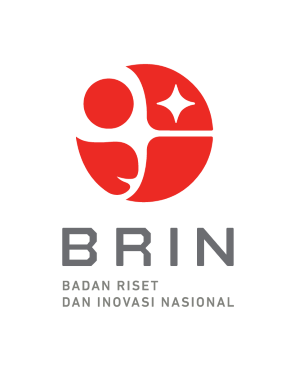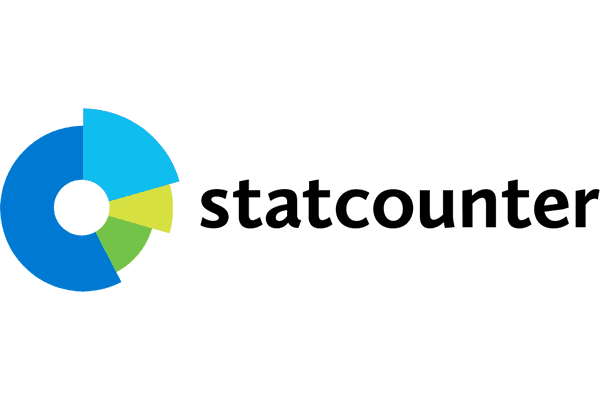STATUS PEMANFAATAN IKAN CAKALANG (Katsuwonus pelamis) DI PERAIRAN KABUPATEN LUWU SULAWESI SELATAN
Abstract
Skipjack tuna (Katsuwonus pelamis), should be managed properly because even though it is renewable, natural resources can be depleted. One approach in managing fish resources is by modeling. The purpose of this study is to determine the maximum sustainable yield, the level of utilization and effort of skipjack tuna. Data on catches as well as catch efforts of skipjack tuna were collected from 9 fisheries year books of Luwu Kabupaten (District). The surplus production model used is the Schaefer, Fox, Walter & Hilborn model. Schaefer model obtained by MSY = 1541.08 tons and Fopt = 243 trips; Fox model obtained maximum sustainable yield value (YMSY) of 1602,244 tons, maximum sustainable fishing effort (fMSY) of 303 units and maximum sustainable CpUE value (UMSY) of 5.29 tons trip-1; the Walter & Hilborn model found potential stocks of sustainable reserves (Be) skipjack in Luwu district amounted to 935.72 tons year-1. Utilization rates of the skpjack tuina indicate the fish is still under exploitation.
References
Allan, J.D., and M.M. Castillo, 2007. Stream Ecology, Structure and Function of Running Waters. Second Edition. Pub. Springer. Netherlands, P. 429 p
Bintoro, G. 2005. Pemanfaatan Berkelanjutan Sumberdaya Ikan Tembang (Sardinella fimbriata Valenciennes, 1847) di Selat Madura Jawa Timur. Disertasi, IPB Bogor
Charles A. 2001. Sustainable Fisheries System. Saint’s Marine University, Halifax, Nova Scotia, Canada.
Coppola G and S. Pascoe, 1996. A Surplus Production Model with a non-linear Catch-Effort Relationship.(Research Paper 105) Center for the Economics and Managemant of Aquatic Resources University of Portsmouth
Dinas Kelautan dan Perikanan (DKP) Kabupaten Luwu Sulawesi Selatan. Laporan Statistik Perikanan. Tahun 2006 - 2013.
Dahuri, R. 2010. Pengelolaan Sumberdaya Wilayah Pesisir dan Lautan secara Terpadu. PT. Pradnya Paramita, Jakarta.
[FAO], 1995. Code of Conduct for Responsible Fisheries (CCRF). Rome. 40 p
Gulland, J.A., 1983. Fishing andStock of Fish at Iceland.Mui.`Agric. Fish Food, Invest. (Ser.2) 23(4): 52 – 70.
Neala, W.K, J.J. Hard, T.P. Quinn., 2009. Quantifying Six Decades of Fishery Selectiom for Size and Age at Maturity in Sockeye Salmon Evolutianary Application ISSN 17524571 Doi 10 1 1111j 1752-4571 2009 00086 x. Journal Compilation 2009. Blacwell Publishing Ltd 2.
Nikijuluw, V.P.H., 2001. Pengembangan Perikanan Tangkap Berwawasan Lingkungan. Pustaka Cidesindo, Jakarta
Sparre, P and S.C. Venema, 1999 Introduksi Pengkajian Stok Ikan Tropis.Buku 1 Manual. (Terjemahan J. Widodo. I.G.S. Merta, S. Nurhakim, dan M. Badrudin). Pusat Penelitian dan Pengembangan Perikanan, Badan Penelitian dan Pengembangan Pertanian (Kerjasama dengan Organisasi Pangan dan Pertanian Perserikatan Bangsa-bangsa). Jakarta. 438 hal.
Trevor D.D and K.B. Julia, 2012. Extinctions Risk and Overfishing Reconciling Conservation and Fisheries Perspectiives on The Status of Marine Fishes. Scientific Report Journal 2 561. DOI: 10. 11038.srep005611










